
iPhone’s Epic Journey: From Pioneering Beginnings to the Cutting-Edge iPhone 15 and Beyond
The Evolution of iPhone: From the First Model to iPhone 15 and Beyond
The iPhone, since its inception, has revolutionized the smartphone industry. From its groundbreaking debut in 2007 to the latest iPhone 15, Apple has consistently pushed the boundaries of technology and design. This article explores the evolution of the iPhone, detailing key advancements, comparing different models, and speculating on what the future holds for Apple’s flagship device.
The Birth of a Legend: The First iPhone (2007)
Introduction and Design
- Launch: Introduced by Steve Jobs on January 9, 2007, the original iPhone marked a significant shift in mobile technology.
- Design: It featured a 3.5-inch display, a sleek aluminum and plastic body, and a groundbreaking touch interface that replaced physical buttons.
Key Specifications
- Display: 3.5-inch LCD, 320 x 480 pixels
- Processor: 412 MHz ARM 11
- Storage: 4GB or 8GB
- Camera: 2 MP rear camera, no front camera
Impact: The first iPhone set a new standard for smartphones, combining an iPod with a phone and an internet communicator. It introduced the concept of a multi-touch screen and a user-friendly interface that would become hallmarks of future models.
The iPhone Evolution: Key Milestones
iPhone 3G and 3GS (2008-2009)
- 3G: Brought 3G connectivity and introduced the App Store.
- 3GS: Improved performance with a faster processor and introduced video recording.
iPhone 4 and 4S (2010-2011)
- 4: Featured a Retina display, a glass back, and a front-facing camera for FaceTime.
- 4S: Introduced Siri, Apple’s voice assistant, and improved camera capabilities.
iPhone 5, 5S, and 5C (2012-2013)
- 5: Introduced a 4-inch display, a lighter aluminum body, and Lightning connector.
- 5S: Brought Touch ID fingerprint recognition and a 64-bit processor.
- 5C: Offered a colorful plastic casing and lower price point.
iPhone 6, 6S, and SE (2014-2016)
- 6: Introduced larger 4.7 and 5.5-inch displays and redesigned body.
- 6S: Added 3D Touch and improved camera features.
- SE: A smaller, budget-friendly option with powerful specs similar to the iPhone 6S.
iPhone 7, 8, and X (2016-2017)
- 7: Removed the headphone jack, introduced water resistance, and improved camera performance.
- 8: Featured wireless charging and improved performance.
- X: Marked the 10th anniversary with an OLED Super Retina display, Face ID, and a bezel-less design.
iPhone XS, XR, and 11 (2018-2019)
- XS: Improved performance, dual-camera system, and Gold finish.
- XR: Offered a more affordable option with a Liquid Retina display and a single rear camera.
- 11: Introduced a dual-camera system, Night mode, and A13 Bionic chip.
iPhone 12, 12 Mini, 12 Pro, and 12 Pro Max (2020)
- 12: Brought 5G connectivity, Ceramic Shield, and a new design with flat edges.
- 12 Mini: Offered a compact size with flagship features.
- 12 Pro/Pro Max: Introduced LiDAR scanner for augmented reality and advanced camera capabilities.
iPhone 13, 13 Mini, 13 Pro, and 13 Pro Max (2021)
- 13: Enhanced battery life, improved cameras, and new A15 Bionic chip.
- 13 Pro/Pro Max: Added ProMotion display with 120Hz refresh rate and improved low-light photography.
iPhone 14, 14 Plus, 14 Pro, and 14 Pro Max (2022)
- 14: Improved camera system and battery life, with a focus on safety features like Crash Detection.
- 14 Pro/Pro Max: Introduced Dynamic Island for notifications and improved A16 Bionic chip.
iPhone 15, 15 Plus, 15 Pro, and 15 Pro Max (2023)
- 15: Features include USB-C charging, enhanced camera capabilities with improved low-light performance, and a new design with a more durable ceramic back.
- 15 Pro/Pro Max: Introduces a titanium frame, periscope zoom lens, and USB-C with Thunderbolt support.
Future Predictions
**1. Foldable Displays and Flexible Designs
- Future: Apple may explore foldable or flexible display technologies, enhancing screen real estate and offering new form factors.
**2. Advanced AI Integration
- Future: Expect more sophisticated AI features, such as enhanced predictive text, smarter Siri, and advanced personal assistant capabilities.
**3. Augmented Reality (AR)
- Future: Increased focus on AR experiences, integrating more immersive and practical applications into daily life.
**4. Sustainability Initiatives
- Future: Continued emphasis on eco-friendly materials, recycling programs, and reducing carbon footprint.
**5. Enhanced Connectivity
- Future: Potential advancements in 6G technology and further improvements in wireless data transfer and connectivity.
**6. Health and Wellness Features
- Future: Integration of advanced health monitoring capabilities, including potential medical-grade sensors and health diagnostics.
Conclusion
The iPhone has continually evolved, setting industry standards and redefining what smartphones can do. From the groundbreaking first model to the latest iPhone 15, each iteration has brought significant advancements in design, performance, and functionality. Looking ahead, Apple’s focus on innovation suggests that future iPhones will continue to push the boundaries of technology, integrating cutting-edge features and addressing emerging needs in an ever-changing digital landscape.










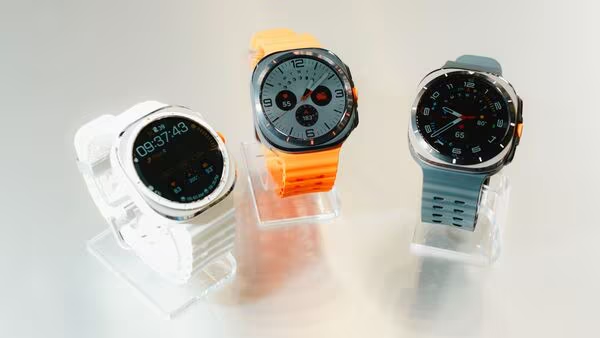
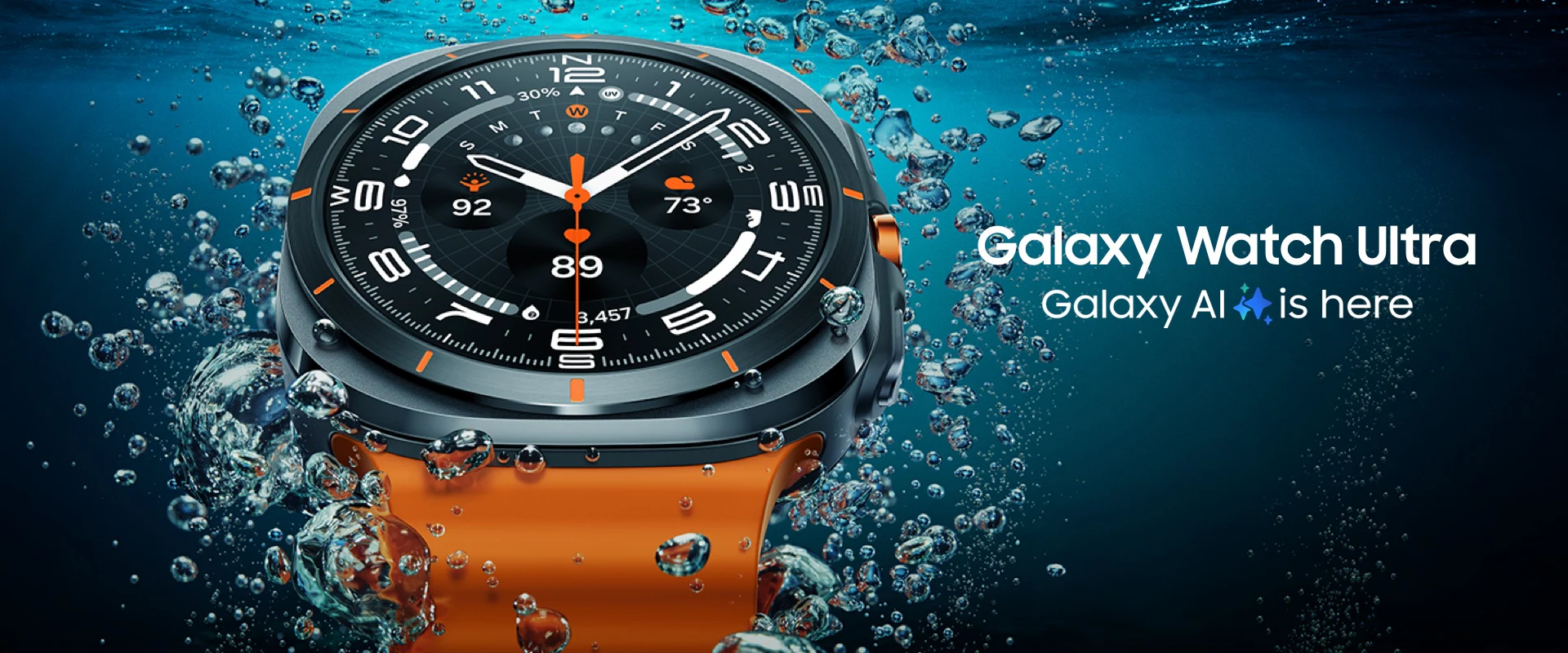
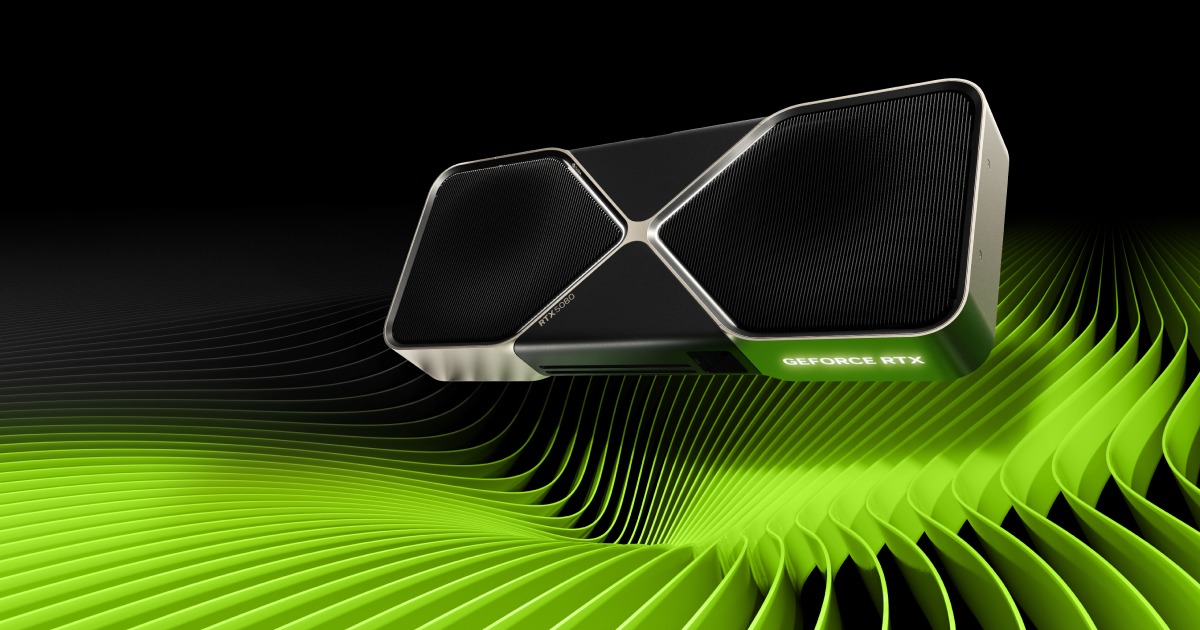
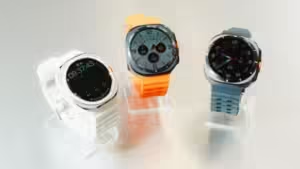




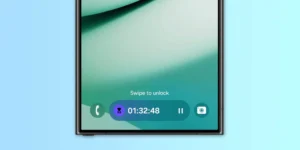
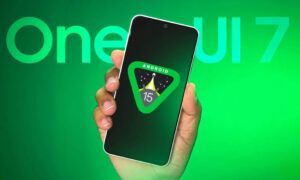
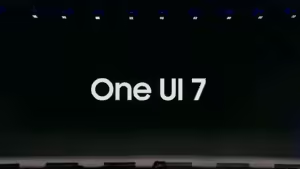

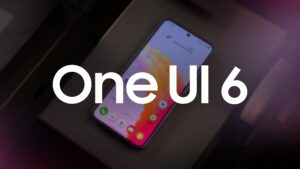
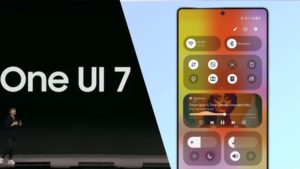
Post Comment